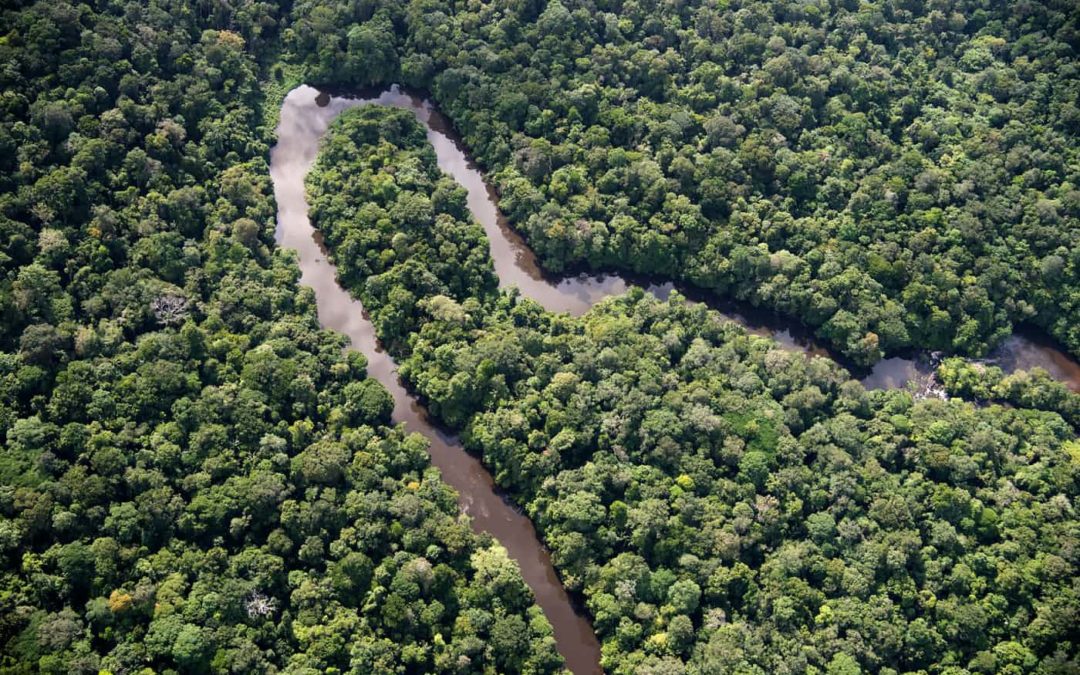SOURCE: The Guardian
DATE: March 13, 2018
SNIP: The world’s greatest forests could lose more than half of their plant species by the end of the century unless nations ramp up efforts to tackle climate change, according to a new report on the impacts of global warming on biodiversity hotspots.
Mammals, amphibians, reptiles and birds are also likely to disappear on a catastrophic scale in the Amazon and other naturally rich ecosystems in Africa, Asia, North America and Australia if temperatures rise by more than 1.5C, concludes the study by WWF, the University of East Anglia and the James Cook University.
The research in the journal Climate Change examined the impact of three different levels of warming – 2C (the upper target in the 2015 Paris agreement), 3.2C (the likely rise given existing national commitments) and 4.5C (the forecast outcome if emissions trends remain unchanged) on nearly 80,000 plant and animal species in 35 of the world’s most biodiverse regions.
If governments fail to set more ambitious commitments than those currently on the table, the report projects devastating losses of more than 60% of plant species and almost 50% of animal species in the Amazon at a temperature rise of 3.2C.
If countries lift their efforts sufficiently to reach the 2C goal, the outlook is improved – but still grim – with more than 35% of species at risk of local extinction in the region. If no actions are taken, the picture is apocalyptic, with a likely loss of more than 70% of plant and reptile species and a more than 60% decline of mammal, reptile and bird species in the Amazon.

